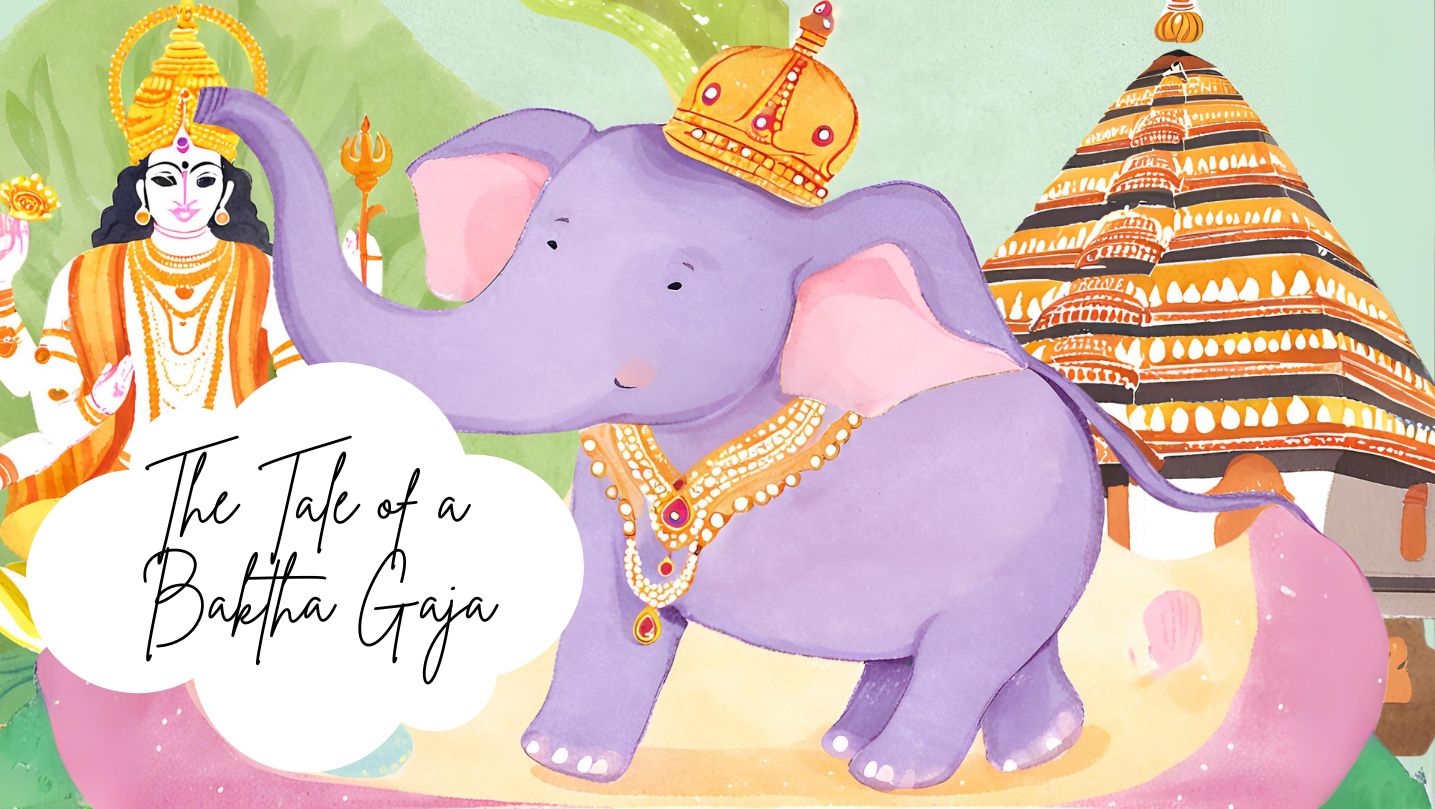
Sanatana Dharma: The Eternal Way of Life
Sanatana Dharma, often referred to as Hinduism in the generalist Western Construct, is one of the world’s oldest and most complex religious and philosophical traditions. It is not merely a religion in the conventional sense, but rather a way of life that encompasses a wide range of beliefs, practices, and values. The term “Sanatana Dharma” itself signifies “the eternal or everlasting dharma,” reflecting its enduring nature.
Historical Roots
Sanatana Dharma has a rich and diverse history that dates back thousands of years. Its origins can be traced to the Indus Valley Civilization, with the ancient texts known as the Vedas forming the foundation of its philosophical and spiritual teachings. These sacred texts, written in Sanskrit, include hymns, rituals, and philosophical discussions that continue to be revered today for their increasing significance in today’s world.
Core Beliefs
Sanatana Dharma is a highly inclusive tradition, embracing a vast array of beliefs and practices. While there is no single founder or central religious authority, some core principles are widely recognized:
1. Reincarnation and Karma: Sanatana Dharma believes in the cyclical nature of life and death, where the soul undergoes a series of rebirths (reincarnation) influenced by one’s actions (karma) in previous lives reminding the follower to follow the righteous path always.
2. Dharma: Dharma refers to one’s duty, righteousness, and moral responsibilities in life. It varies depending on one’s age, caste, and societal role.
3. Moksha: Liberation from the cycle of birth and death (samsara) is the ultimate goal. Achieving Moksha involves realizing the true nature of the self (atman) and its unity with the divine (Brahman).
4. Polytheism: Sanatana Dharma encompasses a multitude of deities, each representing various aspects of the divine. Some of the most prominent deities include Brahma (the creator), Vishnu (the preserver), Shiva (the destroyer), Lakshmi (goddess of wealth), and Saraswati (goddess of knowledge).
Practices and Rituals
Sanatana Dharma offers a diverse range of practices and rituals, from daily prayers and meditation to elaborate temple ceremonies and festivals. Yoga and meditation, which have gained global popularity, are integral components of this tradition, aimed at achieving spiritual growth and self-realization.
Caste System
One aspect often associated with Sanatana Dharma is the caste system. While it has been a source of social stratification and discrimination thanks to the divide and rule policy by the invaders who exploited the original social structure which was based on occupational role rather a tool for discrimination per say.
Global Influence
Over the centuries, Sanatana Dharma has left a profound impact not only on the Indian subcontinent but also on the global stage. Its teachings have inspired scholars, philosophers, and seekers of truth worldwide. Today, yoga, meditation, and Ayurveda are widely practiced and appreciated internationally, bringing elements of Sanatana Dharma to diverse cultures.
Conclusion
Sanatana Dharma, as a complex and multifaceted tradition, continues to evolve and adapt to the changing world while preserving its timeless wisdom. It emphasizes the pursuit of spiritual realization, ethical living, and harmony with the universe. Its enduring legacy serves as a testament to humanity’s enduring quest for meaning, purpose, and connection to the divine.
NEXT ARTICLE

In the lush, green heart of Kerala lived an elephant who became a living legend - a tale of an elephant turned into a bakth. His name was Keshavan, bu...

In the early days of cinema, both silent and talkie films thrived on puranas and ithihasas. However, as the years passed, especially by the late 1950s...

Life often presents us with choices that test our resolve, faith, and priorities. Attending the Prana Pratishtha of the Ram Lalla in Ayodhya had alway...